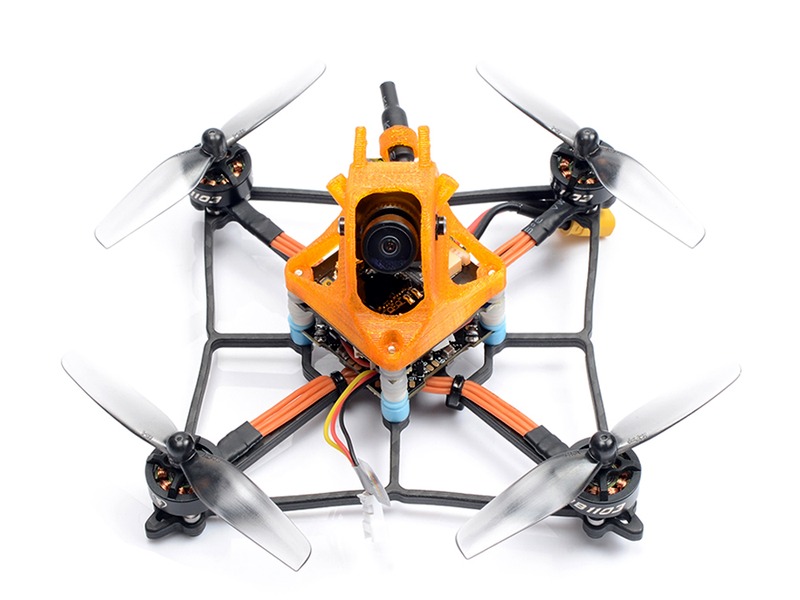How does a drone balance itself?

A drone is essentially an unmanned aerial vehicle (UAV) that is capable of autonomously navigating and maintaining its position and altitude. The ability for a drone to balance itself is achieved through a combination of several different technologies, including GPS, sensors, and computer vision.
GPS is used to provide the drone with its current location, allowing it to stay on course and maintain its altitude. The sensors on the drone, such as gyroscopes and accelerometers, measure the orientation and motion of the drone. This data is then used by the drone’s onboard computer to calculate the necessary adjustments to keep it balanced.
Computer vision is also used to help the drone stay steady. By using camera systems, the drone can determine its position and orientation relative to the ground and other objects, making it easier to stay in balance. Additionally, computer vision can be used to detect obstacles and objects in the drone’s path, allowing it to avoid collisions.
The drone also utilizes propellers and motors to adjust its attitude and position in order to maintain balance. The motors are controlled by the onboard computer, which uses the sensor data and GPS information to calculate the necessary thrust to keep the drone in equilibrium. Additionally, the propellers can be used to generate lift, helping the drone stay in the air.
Finally, the drone uses a combination of algorithms to stabilize itself. By combining the sensor data, GPS information, and camera vision, the drone can accurately determine its attitude and make adjustments accordingly. This helps the drone stay balanced, even in turbulent or windy conditions.
Overall, the combination of GPS, sensors, computer vision, propellers, and algorithms are what enables the drone to balance itself. By using these technologies, the drone is able to accurately determine its attitude and adjust its altitude and position accordingly, allowing it to remain in equilibrium.
Comments / Question
2. Flight Path Modification: This technique involves the drone’s computer using GPS coordinates to adjust its course and avoid windy areas.
3. Weight Distribution and Balancing: Proper weight distribution and counter-balance can help a drone maintain stability in high wind conditions.
4. Ground Effects: This technique involves the drone flying close to the ground to take advantage of the ground's stabilizing effects.
5. High-Efficiency Propellers: High-efficiency propellers are designed to reduce turbulence and maximize thrust in windy conditions.

